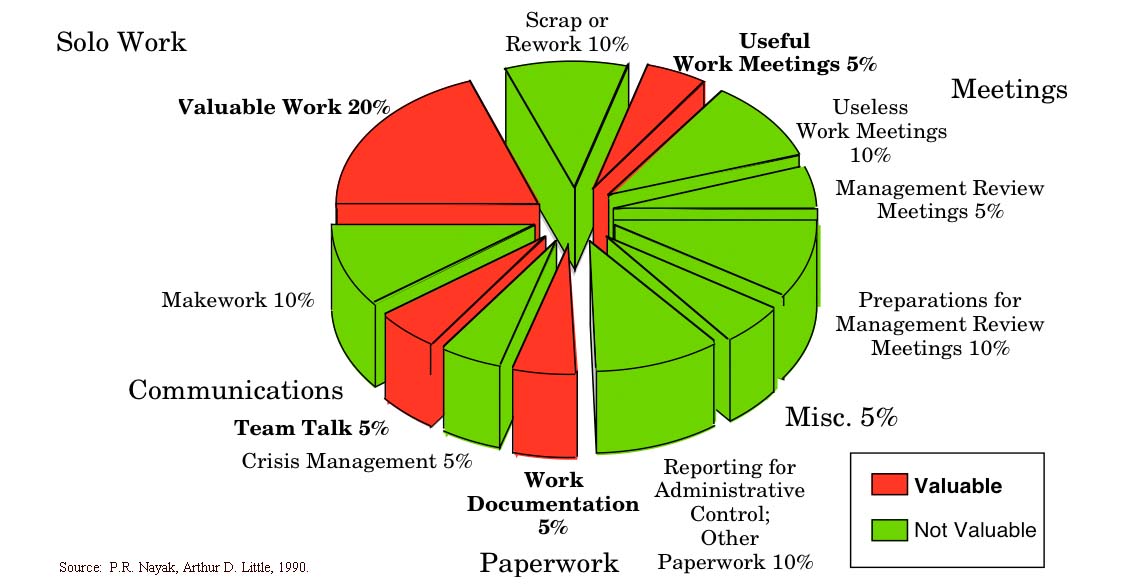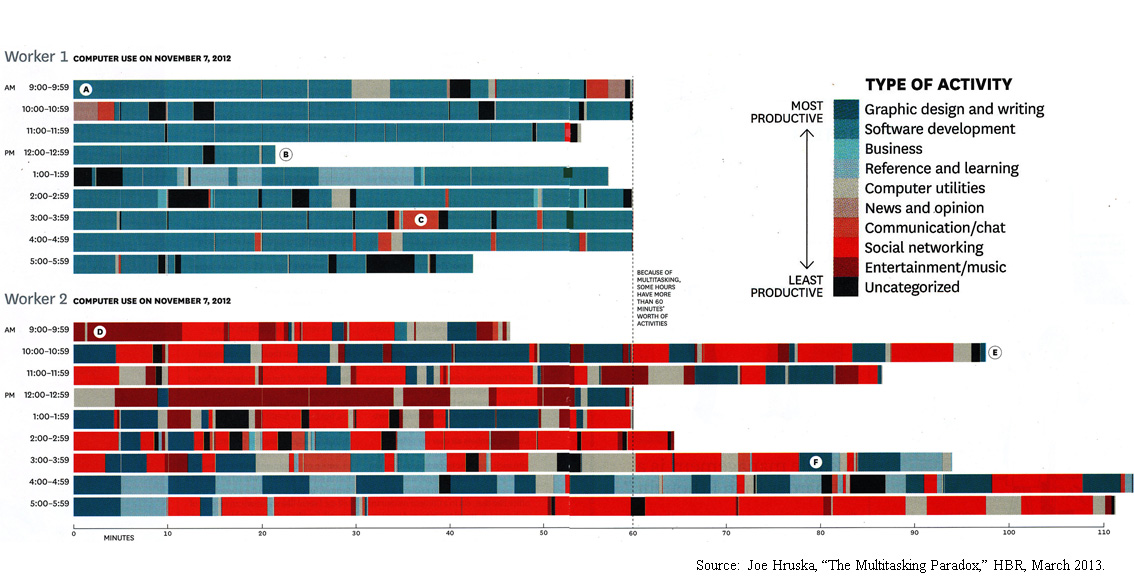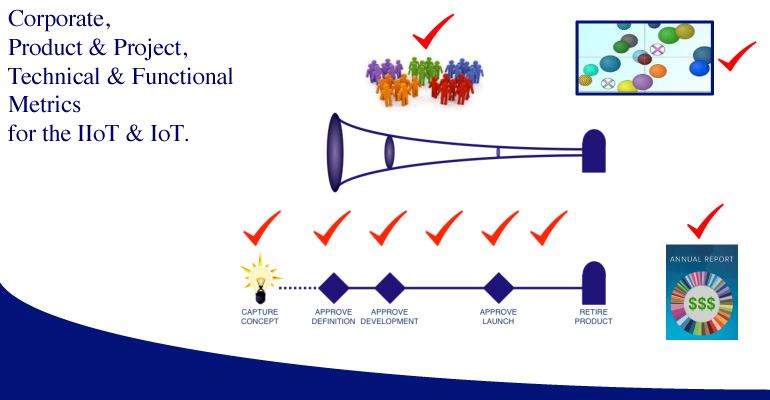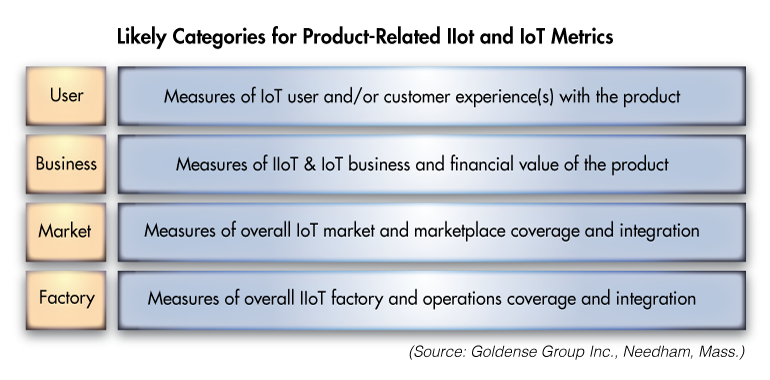The Importance of Engineering Work Ethic

How much “overhead” does your company require of its professionals chartered with inventing the future? Does your company manage to keep overhead below 50%? Historical figures indicate “other responsibilities” took almost 65% of the work day.
Add Personal Freedoms To Structural Overhead
What about personal activities that get juggled during the work day at a much greater rate than in the 20th Century, now that everyone has cell phones and personal devices in the 21st Century? Are professionals working longer hours to compensate for the personal time they take during the work day (Figure 1)?
Figure 1
Focused Work vs. Unfocused Work

Does multitasking further infringe on productivity, just as repeated set ups and tear downs used to infringe on manufacturing productivity? The act of switching tasks requires mental time to regain one’s previous train of thought. How many times does switching occur each day? Certainly there is more switching during a work day today than in any time in human history. How many times can one switch tasks each day without incurring overall mental fatigue that affects all work, and one’s personal life?
Is anyone paying attention? Or, is this topic now considered an infringement on people’s freedoms – even though their employer is paying them for a full work day? Is it heresy to even bring up the subject in this day and age? Many would say yes! It is heresy!
Little Picture vs. Big Picture
The preceding paragraphs address the trials and tribulations of individuals in the workplace during a typical work day. But, there is more to it. Company cultures have impacts. Country cultures have impacts? And, these impacts accumulate over time.
In the next ten years there will be a rearrangement of the top industrialized countries as measured by Gross Domestic Product. Do the countries that are forecast to become the dominant economic players of the future permit such daily workplace freedoms? Likely not. Are any of the industrialized nations that lead the world today currently forecast to rise in global rankings? None that I am aware of.
What then is the impact of employer overhead? What is the impact of personal daily freedoms in mature industrialized economies, that are now considered to be almost a human’s right, on the ranking of countries and their prosperity a decade from now? Will dropping productivity trends reverse their course? No they won’t, not unless something changes.
Living In Reality
Once rights or benefits have been granted or assumed, it is hard to reverse course. Certainly no one wants to go backwards. But, it seems that as we have moved forward on an individual level in the little picture that it is having a non-positive impact on the big picture – which will play out in the not too distant future.
The Importance of an Engineering Work Ethic [Machine Design – August 2017] makes the case that both employers and employees may benefit if a bit more attention is paid to structural overhead and personal multitasking during the work day.
••••••••••••••••••••••••••••••••••••••••••••••••••••••••
MOON-ON-A-STICK
INNOVATION MASTERCLASS
Measuring Product Development Productivity & Performance
October 3-4, 2017
The Moller Centre
University of Cambridge
UK
••••••••••••••••••••••••••••••••••••••••••••••••••••••••
GGI on TWITTER
GGI Tweets content from our primary and secondary research,
140-character summaries of good articles in trade publications,
and announcements and recaps of GGI events and presentations.
Please consider following GGI on Twitter.
https://goldensegroupinc.com/blog/driving-product-development/wp-content/uploads/2017/08/Graphic-2-ADL-1990.jpg
The Importance of Engineering Work Ethic Read More »
![Goldense Group, Inc. [GGI] Logo](https://goldensegroupinc.com/blog/driving-product-development/wp-content/uploads/2022/03/logo-corp-darkBlue-65x65.png)

